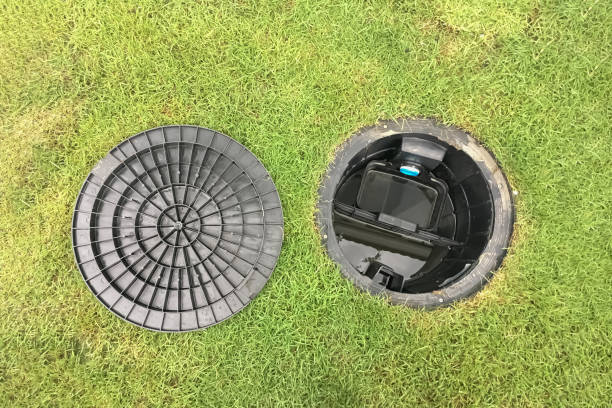When running a successful business, having the right equipment can make all the difference. If you own or manage a restaurant, cafe, or any other food service establishment, you’re familiar with all of the necessary pieces of commercial kitchen equipment, such as stoves, fryers, refrigeration units, and more. But one essential piece of equipment often gets overlooked – the grease trap. Grease traps are incredibly important for stopping fat and oil from clogging your sewer lines. So this blog post will explain why they’re needed and how to maintain them to keep things running smoothly.
How do Grease Traps work?
A grease trap works based on a simple principle: grease, including animal fats and vegetable oils, is less dense than water by approximately 10 to 15 percent. As a result, grease does not mix with water but floats on its surface.
When wastewater enters a grease trap, its flow rate deliberately slows down, allowing time for the water to cool and separate into three distinct layers. The grease rises to the top and is captured using a series of baffles, while solids settle at the bottom. The clarified water escapes through an outlet baffle. Some grease traps also feature strainers that collect solid debris, reducing accumulation.
Importance of a Grease Trap in Commercial Kitchens
-
Preventing Drainage System Issues
One of the primary purposes of a grease trap is to prevent the accumulation of grease in the drainage system. If allowed to enter the pipes, grease, fats, and oils can solidify and cause clogs, leading to costly and disruptive plumbing issues.
A grease trap acts as a barrier, capturing and separating grease from wastewater before it enters the drainage system, thus minimizing the risk of blockages and ensuring efficient water flow.
-
Ensuring Compliance with Regulations
Local municipalities and health departments require the installation of grease traps in commercial kitchens to enforce compliance with regulations and health codes. This helps maintain cleanliness, hygiene, and safety standards in food establishments.
-
Preventing Odour and Pest Problems
Grease traps effectively capture and separate grease, fats, and oils, preventing them from accumulating in the drainage system. By reducing the presence of grease, unpleasant odors caused by decomposing organic matter are minimized, creating a more pleasant environment for staff and customers.
Additionally, grease traps deter pests, as the absence of food particles in the drainage system reduces the attraction for insects and rodents.
-
Protecting Infrastructure and Reducing Maintenance Costs
Grease buildup in the drainage system can lead to costly repairs and maintenance. The solidification of grease can cause blockages and damage pipes, resulting in the need for extensive plumbing work. By using a grease trap, the amount of grease reaching the pipes is significantly reduced, prolonging the lifespan of the infrastructure and reducing maintenance expenses.
Conclusion
A grease trap effectively decreases the amount of fat, oil, and grease that reaches the septic system. It can be used for both residential and commercial applications. Investing in a grease trap now can help ensure your septic system functions optimally for years to come. Grease traps also help protect our environment by preventing harmful materials from entering water sources.
At VI REEL, we understand how important maintaining a healthy septic system is. We specialize in all repair, installation, and maintenance required. Our representatives are knowledgeable about these systems and have the expertise needed for a successful job well done. Contact us at VI Reel for all your septic and excavation needs!


